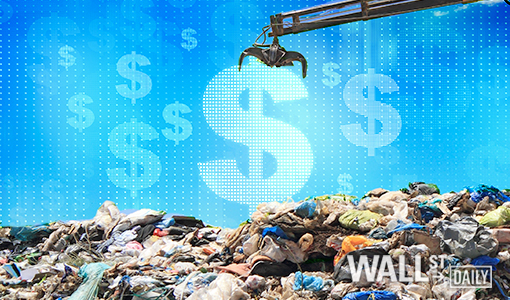
Income-seeking investors are often tempted by junk bonds – especially if they use a broker who actively markets them.
With prices down this year – the Barclays U.S. Corporate High-Yield Index is down 2.7% for 2015 – it may look like time to step into this pool.
Unfortunately, the risk-reward dynamic is strongly biased against the retail investor.
Plus, with recession looking increasingly likely, the “risk” part of the equation should steer us away from the junk bond market.
Unusual Circumstances
In 2008, the Barclays High-Yield Bond Index fell 25% – but it still beat the S&P 500, which fell 37%. Then, the bond index rebounded nicely in 2009, moving up 13%. Of course, that was only half as much as the S&P 500’s 26% rebound.
It’s important to note, however, that 2008-09 isn’t representative of junk bond performance during most recessions.
But in the next recession, the Fed’s preferred solution – dropping interest rates to prevent shoddy deals from falling apart – won’t be available.In 2008-09, the Fed pursued a policy of ultra-low interest rates, and the federal funds rate was pushed to zero by the end of 2008. It has remained there ever since. Consequently, that recession didn’t take a wholly meaningful toll on leveraged buyout deals and over-leveraged companies subjected to junk bond issuance.
Indeed, the Fed will have no tools to prevent gimcrack, junk bond-financed deals from falling apart. That means the risks in the junk bond market are greater than they seem and greater than they were last time around.
It’s not as if junk bonds have been that brilliant of an investment in the last half decade, anyway. The SPDR Barclays High-Yield Bond ETF (JNK), an indexed fund that’s a reasonable proxy for the junk bond space, has returned 4.71% annually since October 2010.
That’s better than Treasury yields and better than inflation, but it’s nothing like the 13.3% annual return from the S&P 500 Index.













Leave A Comment